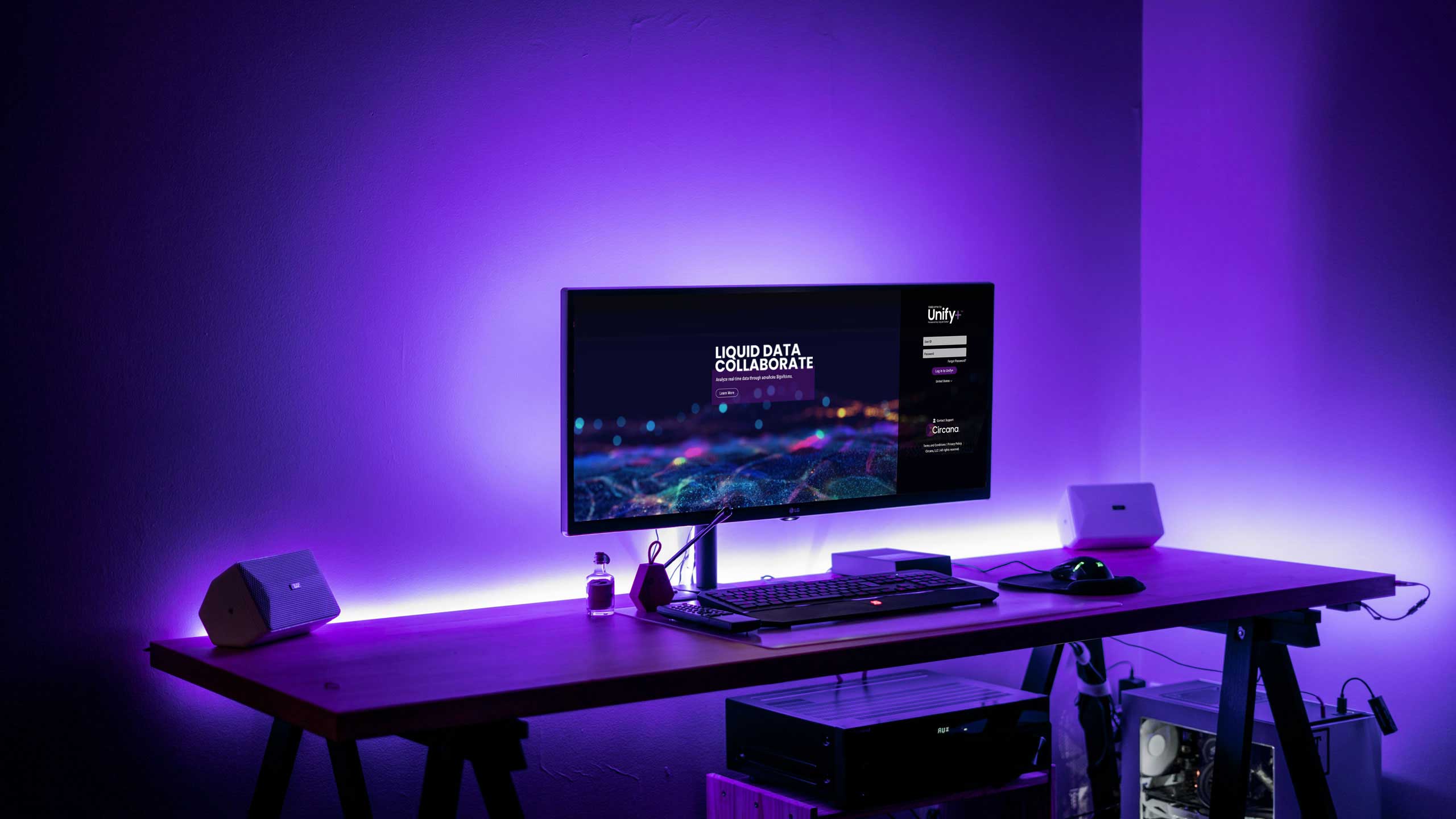- Paul Gagnon

- Nov 16, 2023
- 4 min read
Having been involved in the tech industry generally, and the TV industry in particular, for the better part of three decades, it is always fascinating to see consumers show up to buy the biggest TVs of the year during the holiday shopping season.
The week before the Super Bowl and the Labor Day holiday weekend (as the U.S. football season kicks off) have always been strong for sales of larger TVs. But the two to three weeks surrounding Black Friday are when consumers really come out to buy the biggest TVs at the best discounts. They wind up trying to shoehorn big-screen TVs into the trunks of their cars. Believe me … I have seen it many times.
TV brands and retailers count on the continued growth of ever-larger screen sizes to offset the natural price erosion that comes from continuous investment in factories that are more efficient at making larger- sized TVs. Unlike many categories, the cost of an LCD TV is significantly tied to a single component: the LCD screen itself, which can comprise more than 50% of the final cost. As the prices for those larger-sized LCD panels come down, the brands typically pass the cost savings down to the consumer. This encourages purchases of larger and larger sizes for the same price as a smaller size just a few years earlier.
With the onset of the pandemic though, the peak in seasonal demand for big screen TVs flattened as consumers bought TVs when they wanted, rather than holding back for the best deals during the holiday season. In 2019, 37% of TVs 55 inches and larger were bought in November and December. That number fell to just 31% each year in 2020 to 2022.
In 2023, there has been a more pronounced shift to lower-priced TVs, which are also smaller, as consumers face economic headwinds with persistent inflation and rising interest rates. As a result, for the first time, average TV screen sizes have consistently lacked growth compared to the year before. In all but three of the last 12 months, there has been no change versus prior year in average sizes. In the months in which there was a change, only one (July 2023) had growth.
Because of the long seven-year average replacement cycle for TVs, it takes a while for consumers to consider trading up in screen size. Upgrading screen size is the number-one reason consumers purchase a replacement TV, followed improvement in picture quality. The average size of a replacement TV is about six inches larger than the average installed TV size. Considering that the installed size includes the larger TV, it’s reasonable to assume the size upgrade for the replacement TV is about 10 inches. The implication is that it takes seven years to move up 10 inches in average size, which is close to observed behavior.
Many factors influence how big a TV a consumer will consider: How big is the TV being replaced? What is the budget? How much space does the consumer have on the wall, stand, or furniture? Can the TV fit into the elevator or on the stairs at the consumer’s home? How close to the TV is the seating arrangement? Notably, more than 20% of consumers already report owning TV that is 60 inches or larger.
Prices have fallen significantly for ultra-large TVs, and 75-inch TVs are already available this holiday season for less than $400. But the average price increase between size classes steepens as the mix shifts to more premium brands and as the included technologies raise both performance and cost. In September 2023, the average price increase from a 55-inch to a 65-inch LCD TV was 48%, but was it was 55% higher moving from a 65-inch to a 75-inch LCD TV. Going to the next larger size above 75 inches (85-inch screens) nearly doubles the price, so it gets progressively more expensive to make a big jump in size.
However, in recent months, the growth of LCD TVs larger than 75 inches has accelerated as the average selling price has fallen below $1500, and some models are now below $1000. There is clearly a customer who has been waiting for just such a shift in price and is willing to commit to buying even before the peak of the holiday selling season. And I have had several calls recently from TV brands asking about how the market for 98-inch TVs looks.
Purchasing such expensive and ultra-large TVs is often an act of self-gifting. It may be a group present for the family, or as a colleague of mine recently said, it’s about “buying a present for the house.” I think this is certainly true. However, our 2023 U.S. Holiday Purchase Intentions Report indicated the number of shoppers who planned to give themselves a gift this holiday season is down sharply from last year. As holiday shopping budgets get squeezed, something must give. I will be scouting stores again this Black Friday, looking for eager consumers who may still try to squeeze a bargain 65-inch TV in the back of their hatchback even though free shipping is available.
Get insights straight to your inbox
































